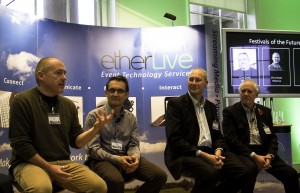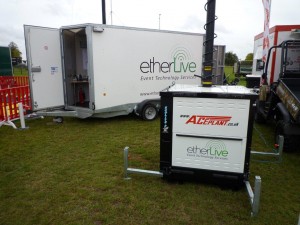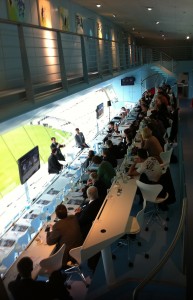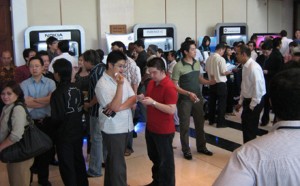We were truly flattered to receive the Communications Company of the Year 2012 award at last Wednesdays (1st Feb) Event Production Awards at the Hilton Hotel, Park Lane, London.
Any recognition of our company is fantastic but to be judged by a group of peers is an excellent testament for the team at Etherlive who consistently go above ad beyond to keep our customers working through day and night.
The thanks would not be complete without mentioning our customers who choose to use Etherlive at their events. We understand the amount of trust which customers place in us to deliver their critical communications at their events so we back up our delivery with a continuous focus on improving existing services and bringing new services to the market through innovation.
Here’s to a successful and busy 2012 event season for organisers, production teams and suppliers alike. Article from Event Industry News here








